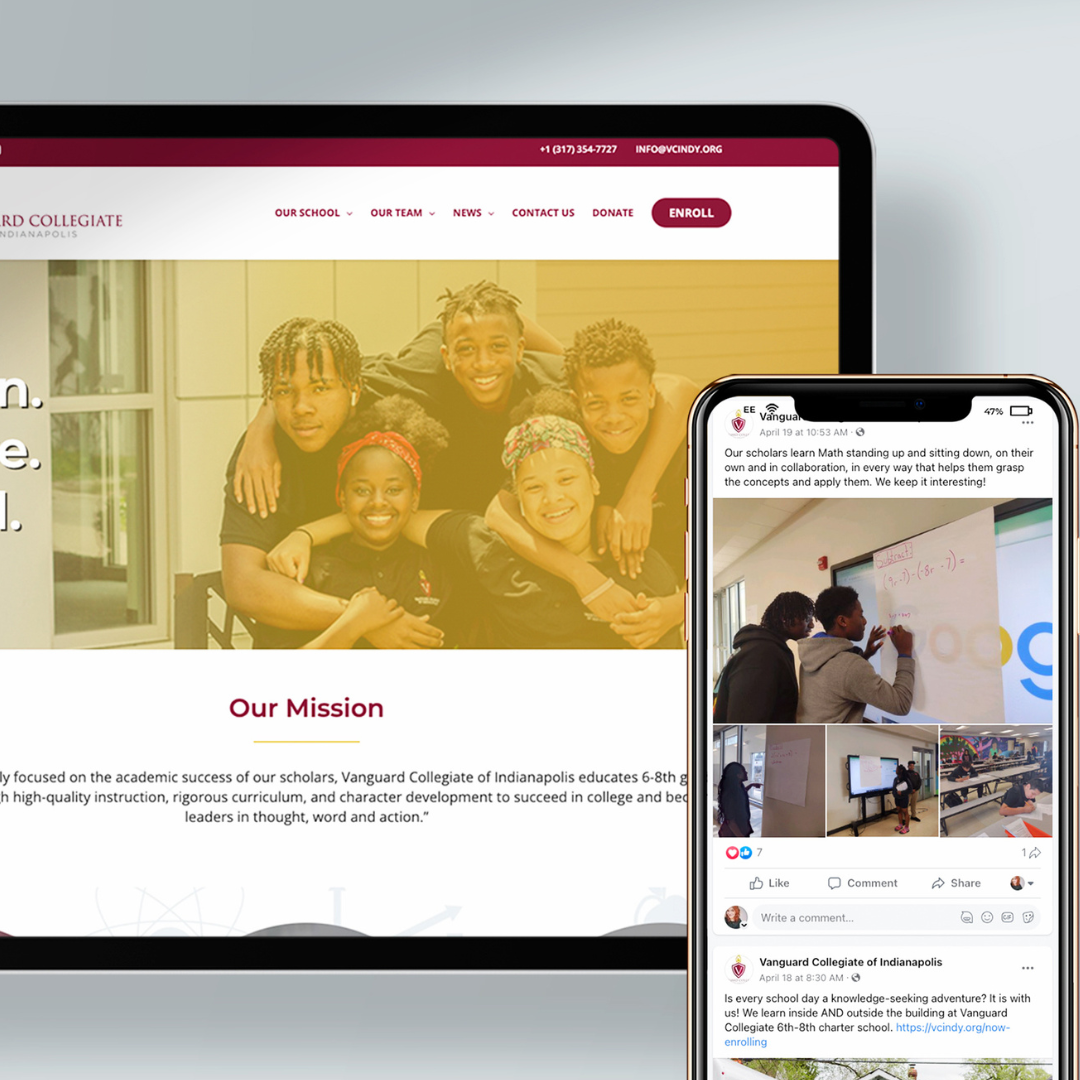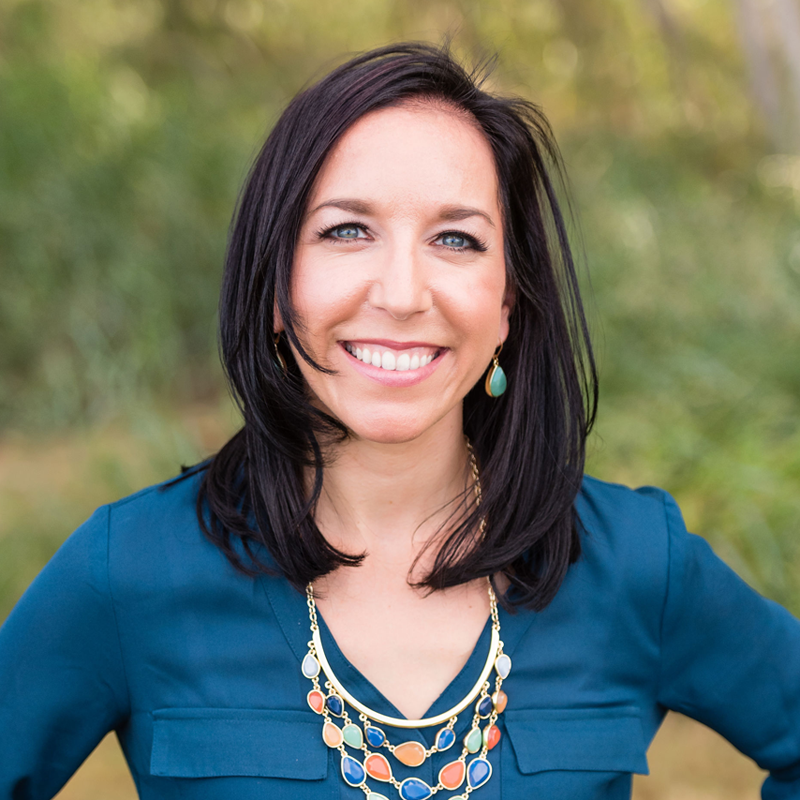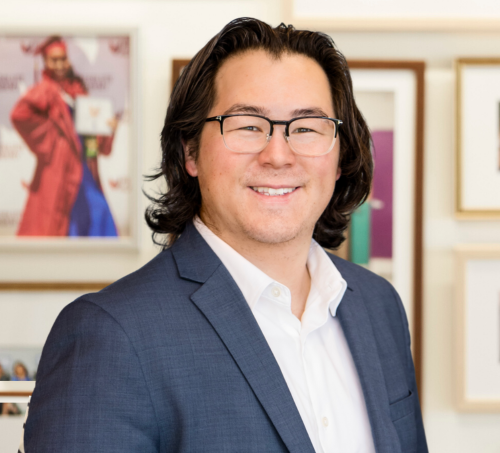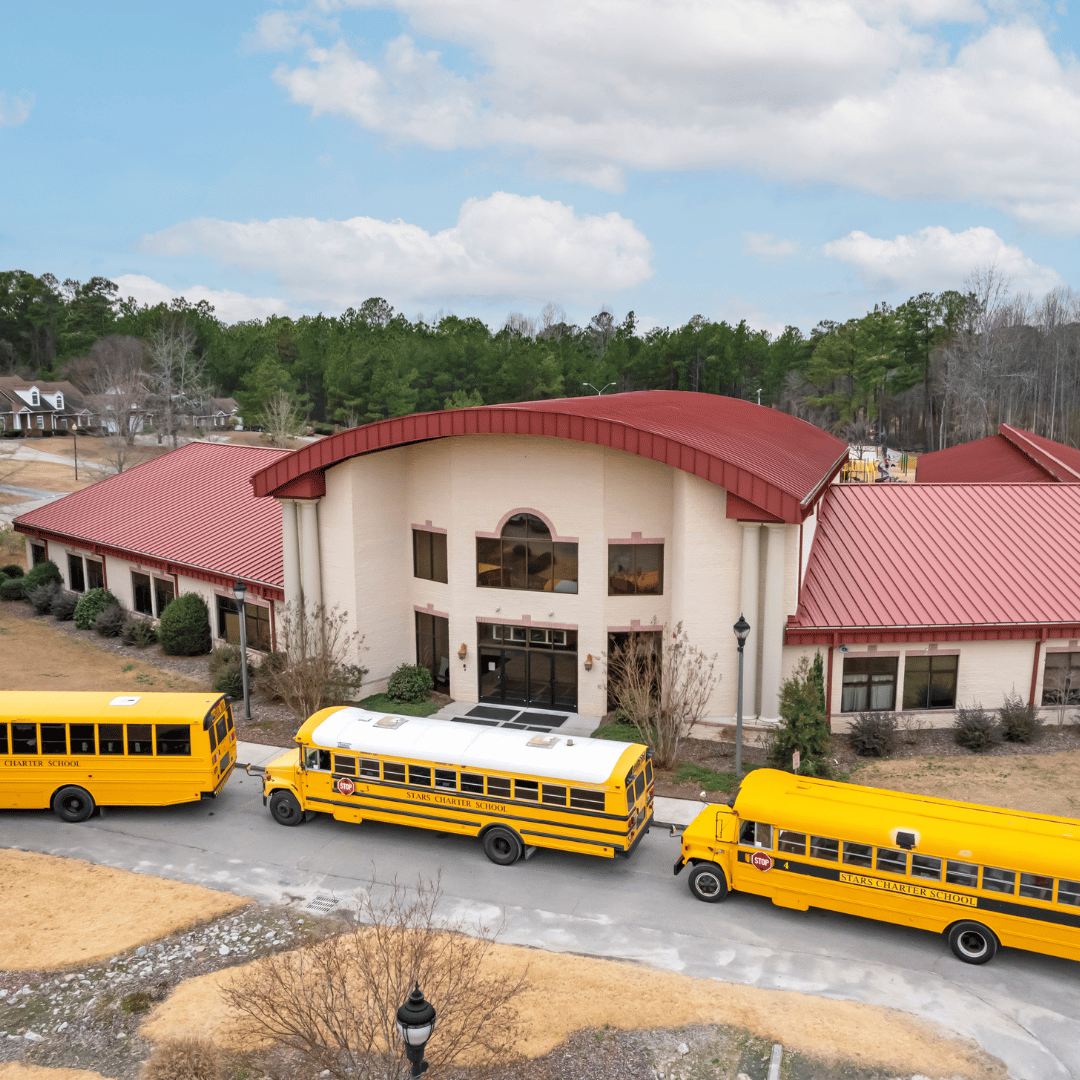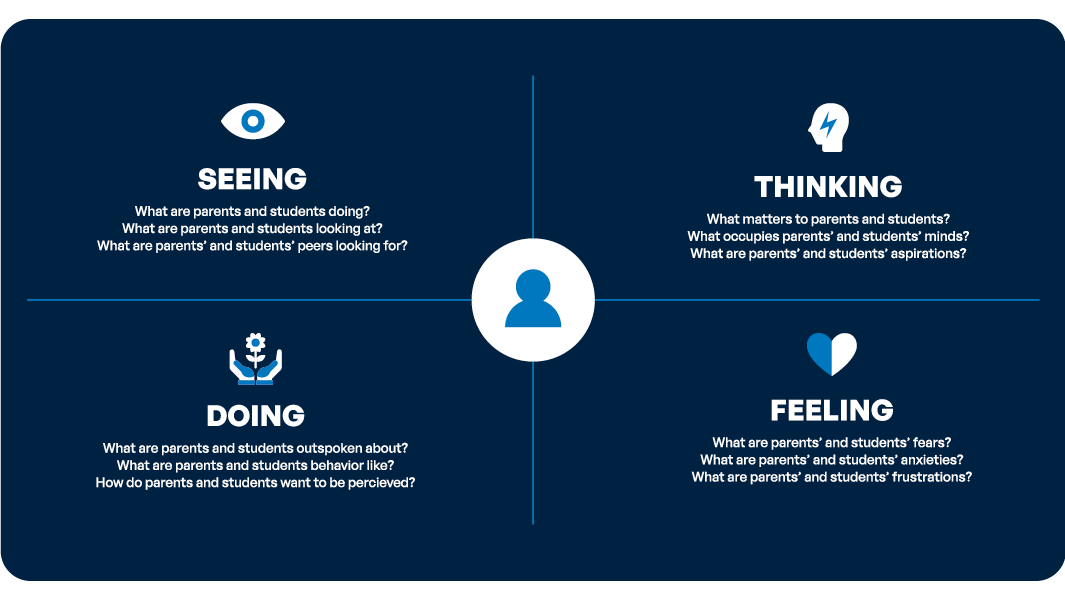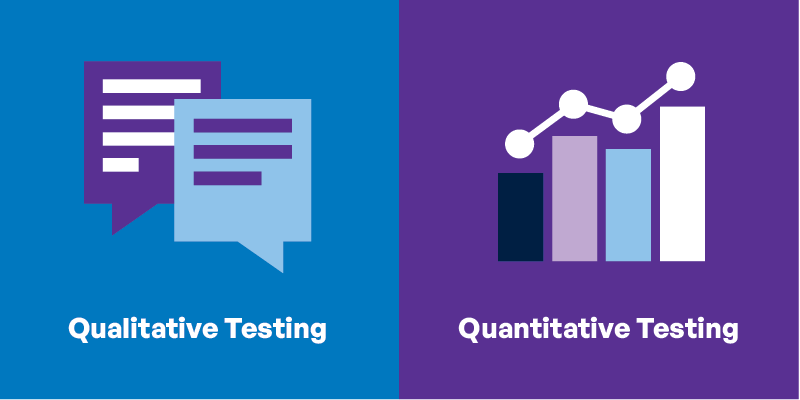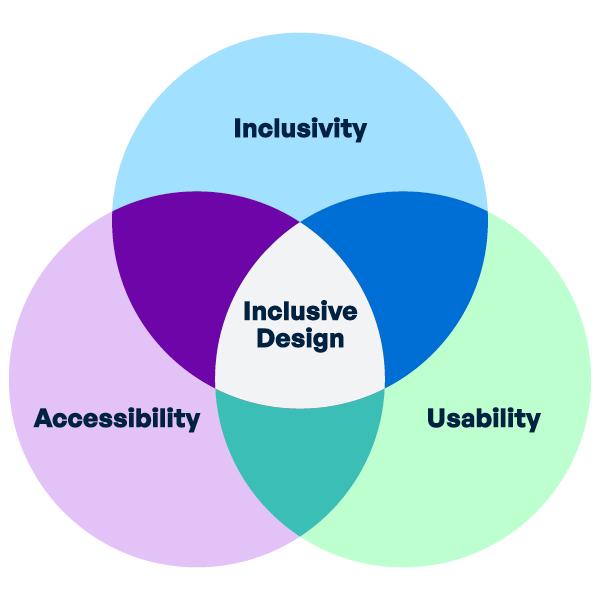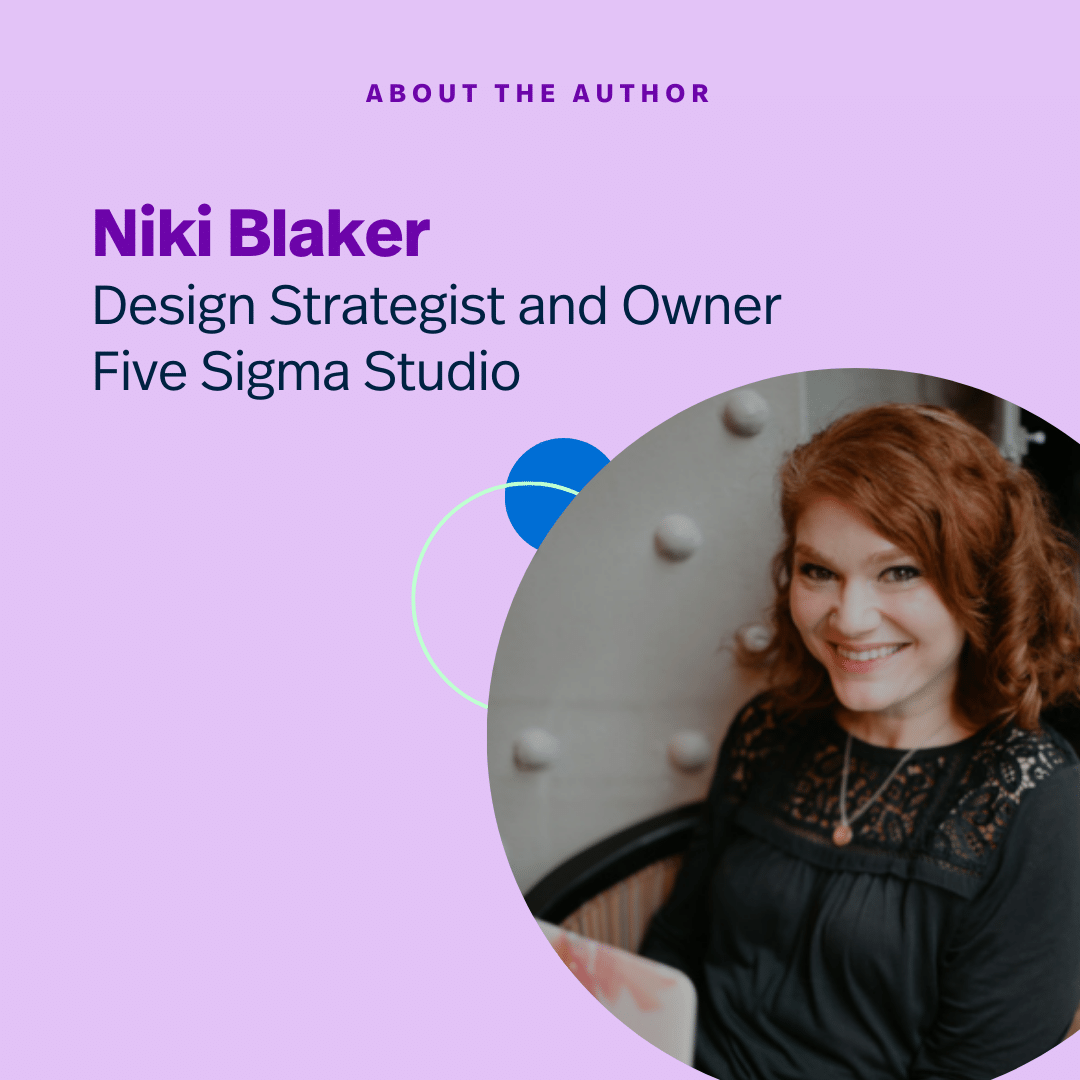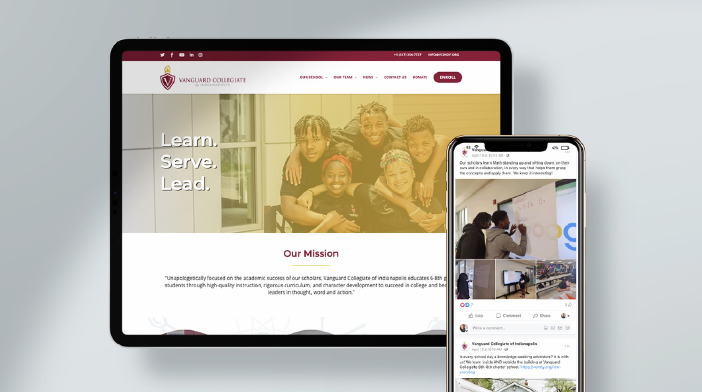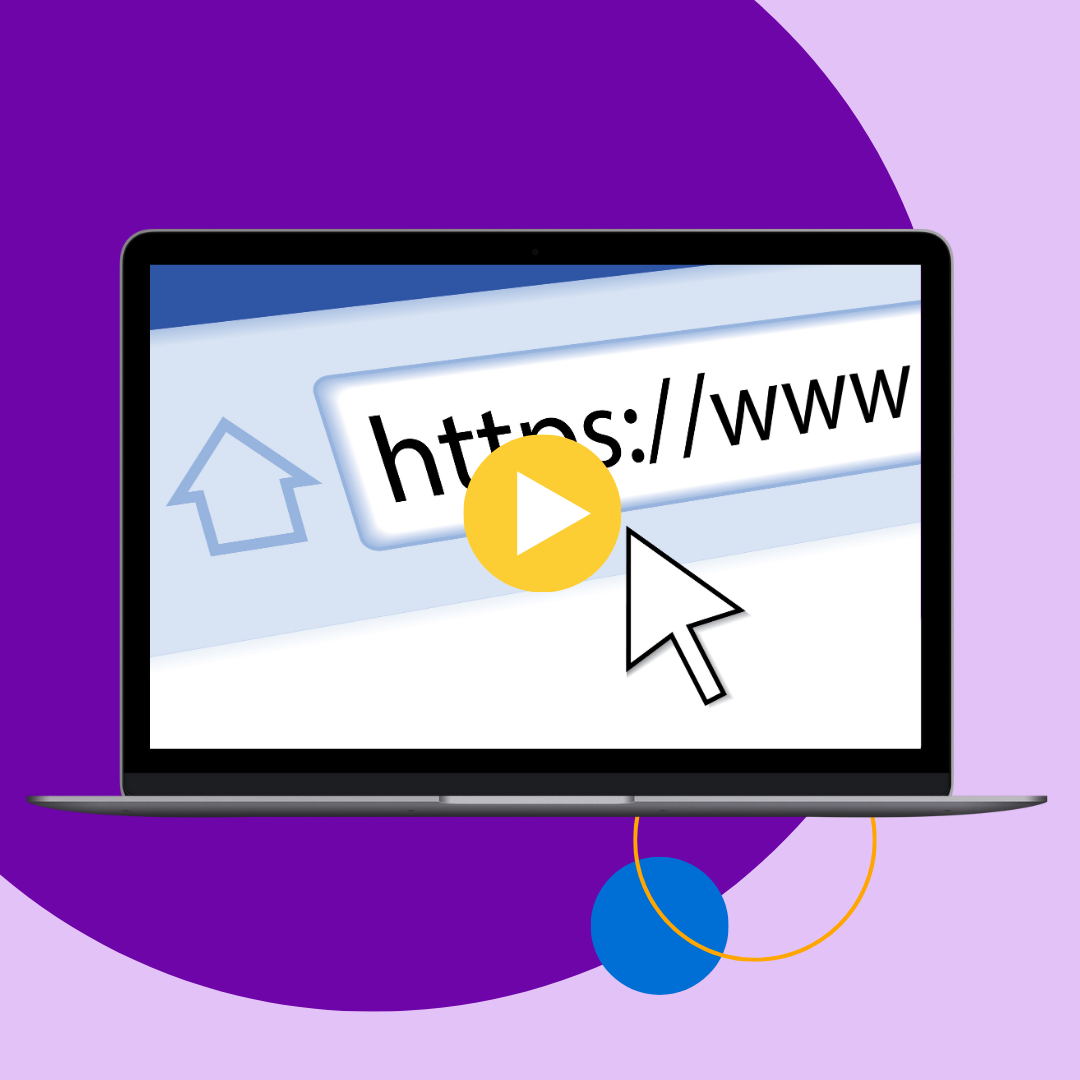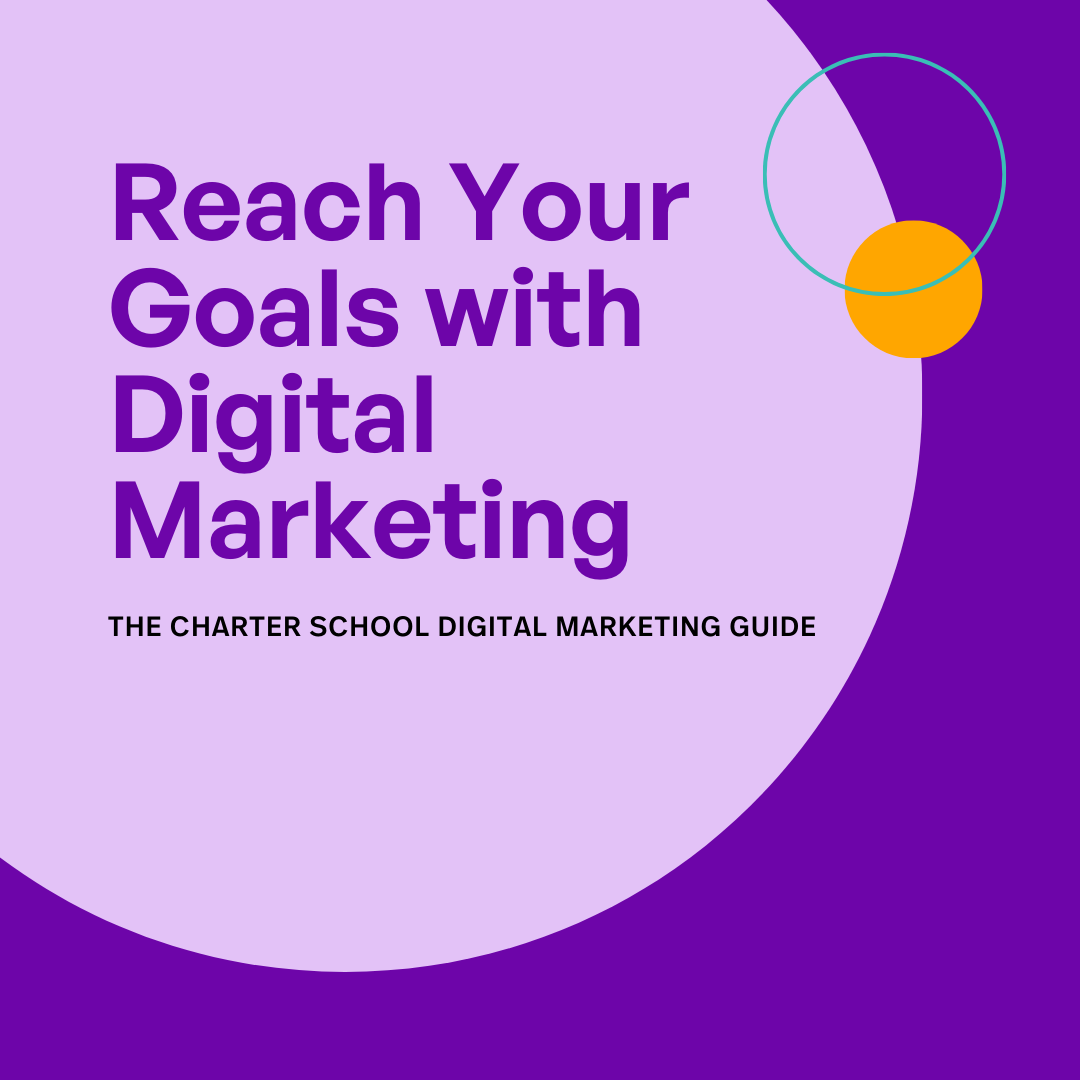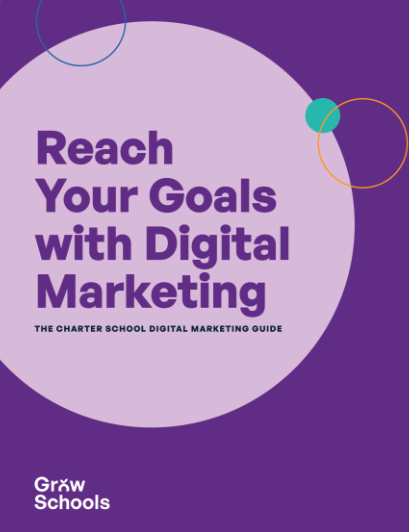The integration of artificial intelligence (AI) into educational settings has transformed the landscape of teaching and learning. From personalized tutoring systems to adaptive learning platforms, AI technologies are revolutionizing the way educators engage with students and improve educational outcomes. As AI continues to proliferate in schools around the world, educators and school leaders are faced with both unprecedented opportunities and complex ethical challenges. In this article, we explore the growing role of AI in education, its potential benefits, and the importance of establishing ethical guidelines to ensure responsible AI usage in schools.
Transparency, accountability, fairness, privacy, safety, societal benefit, and human control form the bedrock of ethical AI practices. Each principle plays a crucial role in ensuring that AI systems are developed, deployed, and utilized responsibly at your school.
Transparency
Transparency entails clear understanding of how AI systems operate, including their purpose, functionality, and limitations. Educators and developers should have insight into the data used to train these systems. By promoting transparency, schools can establish trust and ensure that AI applications align with educational objectives while maintaining student safety and well-being.

Accountability
Accountability involves taking responsibility for the outcomes and decisions made by AI systems. In the context of education, it’s essential to trace predictions and outputs back to their data sources and the individuals responsible for their creation. Through mechanisms like lineage and provenance tracking, schools can uphold accountability and mitigate the risks of biased or erroneous AI outcomes.
Fairness
Fairness requires addressing biases inherent in AI systems, which often reflect the biases present in their training data. Educators must scrutinize datasets and algorithms to identify and mitigate potential sources of bias, ensuring equitable treatment of all students.
Privacy
Privacy concerns arise from the collection, storage, and use of personal data within AI systems. Schools must prioritize data consent and compliance, obtaining explicit permission for the use of student information in AI applications. Additionally, robust security measures are necessary to safeguard sensitive data and protect against potential breaches or misuse.

Safety and Security
Safety and security encompass measures to protect students, staff, and school resources from harm or exploitation. Schools must implement robust cybersecurity protocols to defend against malicious attacks and ensure the integrity of AI systems.
Societal Benefit
AI should serve the collective welfare of society, enhancing human capabilities and fostering positive outcomes. In education, AI tools should augment teaching and learning processes, catering to diverse student needs and promoting inclusive practices.
Human Control
Human control emphasizes the importance of human oversight and intervention in AI systems. Educators must retain ultimate authority over AI applications, guiding their development and deployment in alignment with educational goals.

In Practice: Writing Your AI Policy
Now, let’s explore how schools can translate these ethical principles into actionable policies that guide their AI initiatives effectively. A well-crafted AI policy should encompass the following elements:
1. Guiding Principles
Define the core values and objectives that underpin your school’s approach to AI ethics. Consider factors such as equity, transparency, accountability, and student well-being.
2. Permitted and Prohibited Uses
Clearly outline the acceptable and unacceptable uses of AI within the school environment. Specify criteria for evaluating AI applications and interventions to ensure alignment with ethical standards and educational objectives.
3. Data Governance
Establish protocols for data collection, storage, and usage in AI systems, emphasizing informed consent, data privacy, and security. Implement measures to safeguard student information and mitigate risks associated with data breaches or unauthorized access.
4. Risk Management
Identify potential risks and challenges associated with AI adoption in education, such as bias, discrimination, and unintended consequences. Develop strategies to mitigate these risks through regular monitoring, evaluation, and adjustment of AI practices.
5. Stakeholder Engagement
Foster collaboration and communication among educators, students, parents, and other stakeholders to solicit feedback and address concerns related to AI implementation.
6. Compliance and Accountability
Ensure compliance with relevant laws, regulations, and ethical guidelines governing AI in education. Establish mechanisms for accountability, including oversight committees, reporting procedures, and ethical review boards.
7. Professional Development
Provide training and support for educators to enhance their AI literacy and proficiency. Equip teachers with the knowledge and skills needed to integrate AI tools effectively into teaching and learning practices while promoting responsible usage.
8. Continuous Improvement
Commit to ongoing evaluation and refinement of AI policies and practices based on feedback, research findings, and evolving ethical standards. Foster a culture of continuous improvement and innovation to maximize the benefits of AI in education.
About the Author
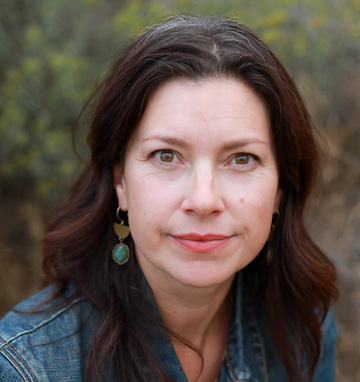
Sarah is a marketing executive, product strategist, and the founder of Yarrow Insights.
Sarah has fostered collaboration across diverse teams, successfully integrated acquisitions, and scaled competitive intelligence throughout her career. As the founder of Yarrow Insights, she continues to lead with expertise and a commitment to empowering businesses in the healthcare technology and digital health sectors.
To get started drafting your AI policy, take a look at Sarah’s starter template here and browse additional resources below.
Featured Article
Tuesday Tips: Cybersecurity for School Leaders
In this session, Preet Singh joined us to answer questions on technology for school leaders. He spoke about IT services, cybersecurity, and security awareness training for school staff. You can watch the full video here or read the transcript below. Join the experts as they answer all your questions live on Tuesdays on YouTube at […]
Featured Article
Webinar Recap: AI and Your School
The educational landscape always evolving—and lately, it’s impossible to ignore the growing excitement and concern surrounding Artificial Intelligence (AI). To shed light on the role of AI in education, we gathered a panel of experts, each offering invaluable insights into different facets of AI implementation and its implications for schools. Watch the highlight video below […]
Featured Article
ChatGPT in Charter Schools: 4 Things Charter Leaders Can Do
The emergence of ChatGPT, an advanced artificial intelligence language model, has been the subject of discussion, excitement, and alarm among educators. Staying up to date on the latest developments in AI and education can be challenging, but it is essential to be sure that students are prepared for the rapidly changing world they will inherit […]
Featured Article
How to Write an AI Policy for Your School
Artificial intelligence (AI) in schools presents exciting opportunities and challenges, and school leaders are navigating that balance—harnessing AI’s potential while safeguarding student privacy, data security, and ethical considerations. With the emergence of sites like ChatGPT, some schools are choosing to draw up an official AI policy to help them navigate this complex landscape. Here are […]
Featured Article
Technology and Security Awareness Training for Your Charter School
Today’s classroom relies on more forms of technology every year. Training sessions empower teachers and staff to use technology effectively and safely. The Importance of Training Sessions Training sessions are pivotal in shaping your school’s technology integration, digital literacy, and security awareness. By incorporating technology training into your school’s professional development program, you’re investing in […]
Featured Article
Key Takeaways from the Cybersecurity for School Leaders Webinar
In today’s digital age, schools are the guardians of sensitive data—data that requires robust cybersecurity. To address that need, we hosted Cybersecurity for School Leaders with cybersecurity experts Mohammad Ahmed and Preet Singh from SoftwareMSP. You can rewatch the webinar here or read on for key insights. The Current State of Cybersecurity in Education The […]
